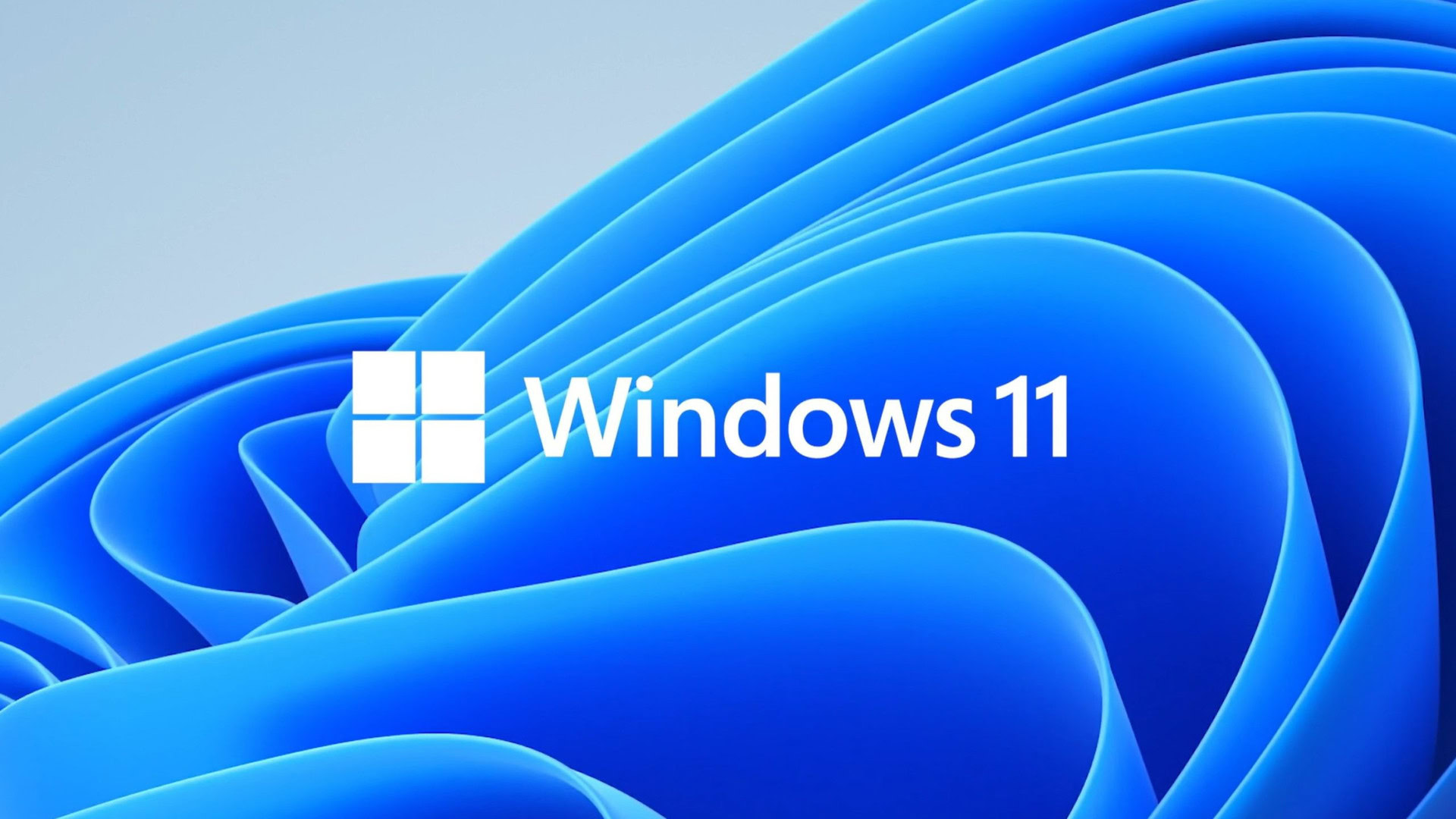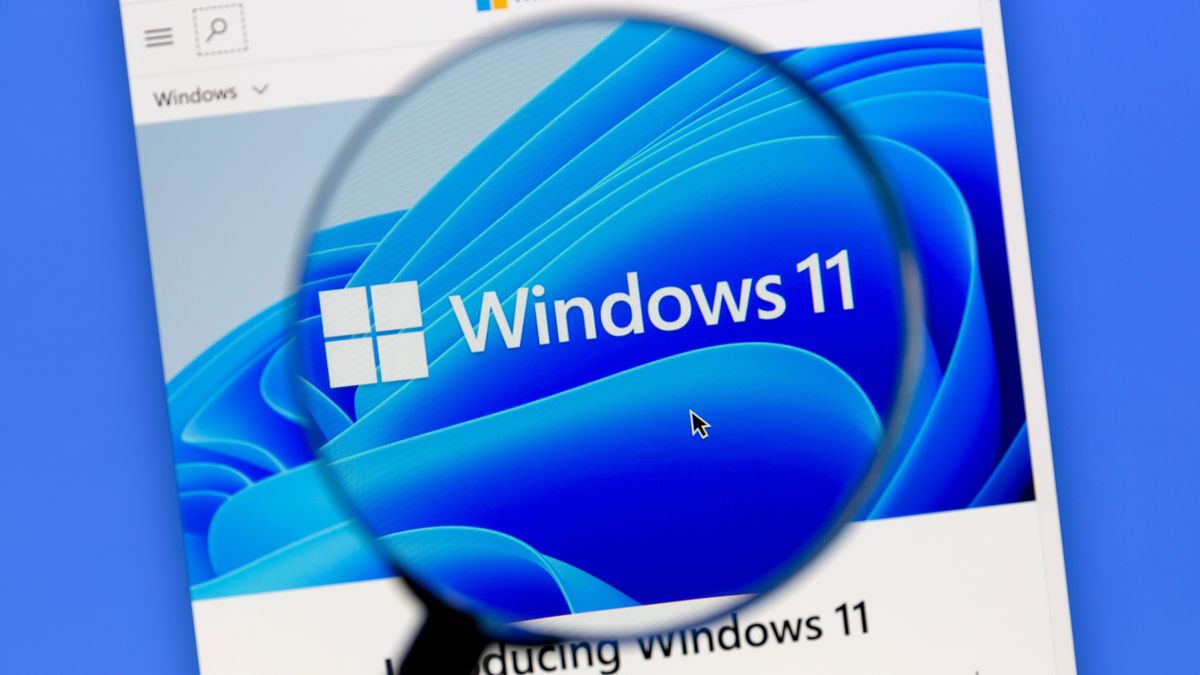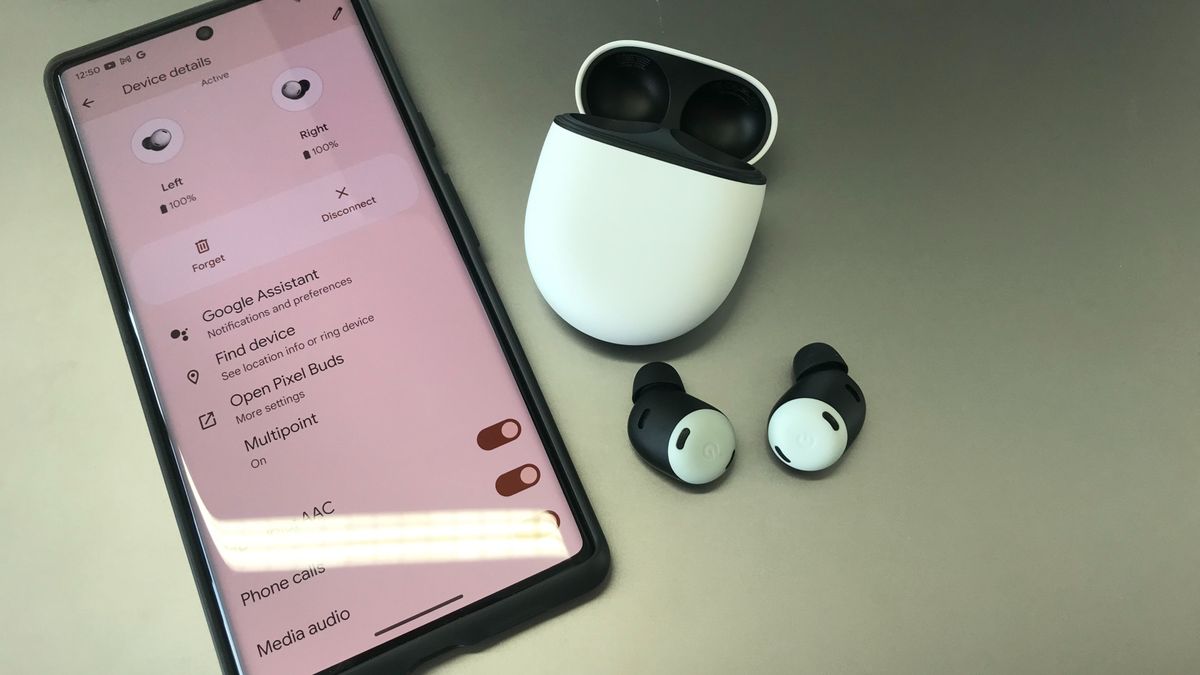New Apple Leak Highlights Stunning MacBook Pro Decision

Updated March 14th: article originally posted March 11th
As this year’s Worldwide Developer Conference approaches, Apple is expected to reveal not just the next-generation Apple Silicon in the M3 family but new hardware to show off the latest chipset. This is likely to be the MacBook Air, in the traditional 13-inch size but also perhaps a 15-inch model as well. The former will be welcomed by many and the latter has been an unreachable desire for many years.
But leaks this week suggest that Apple has another laptop for the M3 silicon launch… a MacBook model that has proven to be awkward, out of place, and redundant since it arrived in 2020.
Why is Apple continuing with the 13-inch MacBook Pro?
A 2020 Apple MacBook Pro laptop computer, taken on November 16, 2020. (Photo by Phil Barker/Future … [+]
Update: Monday March 13th: What makes little sense is that Apple is continuing to manufacture and sell this MacBook Pro, while putting more and more corporate weight behind the MacBook Air.
Long-time Apple reporter Chris Matyszczyk has been noting the change in Apple’s market strategy of late, with a push towards the MacBook Air. This weekend he highlighted where Apple’s iPhone marketing prowess is fading, and the resulting increased excitement for Apple’s consumer laptops:
“Just imagine the marketing possibilities now, though. Each new Air will get a new number. It’ll distinguish them. It’ll encourage more people to get the latest one. Just to have the latest number. And what if, each year, the physical design gets slightly altered? Oh, is that an M4? I feel so bad, I’ve only got an M3.”
All that marketing power is going into the MacBook Air… not the 13-inch MacBook Pro which is allegedly the consumer-friendly version.
CUPERTINO, CALIFORNIA – JUNE 06: An attendee takes a picture of a newly redesigned MacBook Air … [+]
Updated March 14th: article originally posted March 11th
Update: Tuesday March 14th: Key to the rise of the MacBook Air, and the awkwardness of the 13-inch MacBook Pro, is the leap in power that Apple Silicon offers. The move from Intel to ARM for the macOS platform was not measured in a few percentage points, it was a significant jump that saw the rest of the industry struggle to catch up to. When all your laptops make that jump, the small increase in power on the 13-inch MacBook Pro pales.
Apple hasn’t stopped innovating either. The first generation of Apple Silicon in the M1 is about to be surpassed by the chip for Apple’s next smartphone. Early leaked benchmarks for the A17 show the iPhone will match that first-generation MacBook Air and MacBook Pro. Axel Metz:
“Crunching the numbers, DCInside reports that the A17 Bionic earns a single-core score of 3019 and a multi-core score of 7860 on Geekbench 6, where the A16 Bionic scores 2504 and 6314, respectively. Naturally, we’d suggest taking these rumored figures with a pinch of salt, but it’s exciting to think that the Pro-grade iPhone 15s might sport benchmark scores to rival Apple’s M1 MacBooks. “
When you are looking at the gains in performance by Apple Silicon from Intel to M1, the difference between the M1 MacBook Air and M1 MacBook Pro was minimal, The same is true of the M2. And from what we can see, the same will also be true of the M3. The MacBook Air delivers more than enough power for a consumer laptop, why would you consider the very slight increase in performance and buy the 13-inch MacBook Pro?
NEW YORK, NEW YORK – FEBRUARY 03: People walk near Apple Store on February 03, 2023 in New York … [+]
It’s worth looking back at the history of this 13-inch MacBook Pro.
When Tim Cook and his team debuted Apple Silicon, it presented the chipset in three new consumer-focused machines; the MacBook Air, the Mac Mini, and the MacBook Pro. Beyond the change in architecture – something those with deep knowledge would recognize as big ‘a pretty big thing’ – there were no real changes in the look and feel, the design, or the pricing of each machine in the portfolio. Essentially Apple went out of its way to show that nothing would change for users.
The MacMini became a great choice for a desktop machine. The MacBook Air saw a massive change in battery life and performance, as did the MacBook Pro. The lifting of the Air from the mobile-focused Intel chips to Apple Silicon supercharged the Air up to and past the Intel-based MacBook Pros launched the previous years. The MacBook Pro also picked up the performance jump… but the increase of the MacBook Air meant that for the vast majority of users, the Air offered more power and performance than they would ever need.
As a PR tool, the MacBook Pro M1 was useful. As a viable laptop, it was already being eclipsed by the MacBook Air’s utility at a lower price.
Then the 14-inch and 16-inch MacBook Pro laptops came along. The M1 Pro and M1 Max chipsets were built on the M1 and offered even more power and performance. You also had the first changes to the design of the MacBook in many years, with larger screens, a more angular design, longer battery life, and improved thermal controls. if you were looking for a MacBook which has an excess of power and is geared toward developers and heavy-duty creatives, this is what you are looking for.
Detail of an Apple MacBook Pro 13-inch 2GHz laptop computer, taken on November 10, 2016. (Photo by … [+]
A MacBook for consumers, with enough power to create media and lightweight development? That’s the MacBook Air. As for the 13-inch MacBook Pro, it’s more expensive than the MacBook Air, with only a small performance gain and not enough ‘performance per dollar’ that would sway anyone away from the larger MacBook Pro laptops.
Apple managed to create its best consumer laptop and its best professional, almost workstation-level laptop. Trapped between them? The MacBook Pro 13-inch.
Last year saw Apple unveil the M2 chipset at WWDC 2022. This offered, broadly speaking, a twenty percent uplift in performance. Alongside the launch of the MacBook Air M2 was the 13-inch MacBook Pro, looking even more out of place because of the MacBook Air M2’s performance and the continued dominance of the 14-inch and 16-inch MacBook Pro.
The latter were updated in January this year, creating an even larger gulf between the consumer and professional laptops.
And now the latest leaks suggest that, alongside the reveal of the M3 Apple Silicon platform, Apple will continue to push the smaller and increasingly marginalized MacBook Pro alongside the all-conquering ubiquitous MacBook Air.
Why?
It does allow Apple to present a different MacBook at every step of the pricing portfolio, although this is much more a factor in perception rather than practicality. Perhaps Apple wants to launch an Air and a Pro together without the Pro’s performance being too far ahead of the MacBook Air? Again it’s about presentation. On the part of the buyer, perhaps they want the allure of a “Pro” laptop without spending the money required for a fully functional MacBook Pro.
The 13-inch MacBook Pro is a vanity laptop. There’ ‘s no doubting it can do the job, but there are far better options in Apple’s portfolio.
Now read the latest Mac, iPhone, and Apple Watch headlines in Forbes weekly news digest, Apple Loop…








